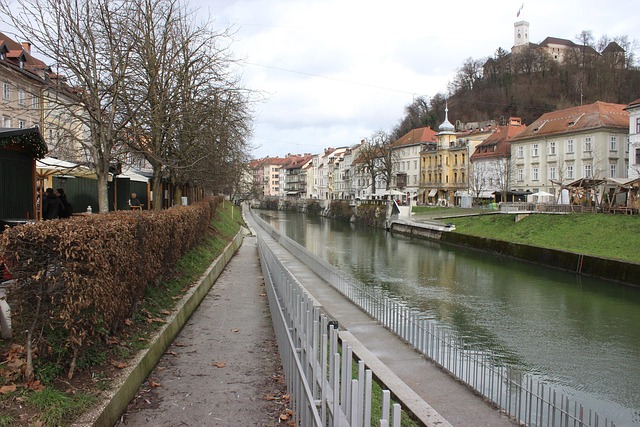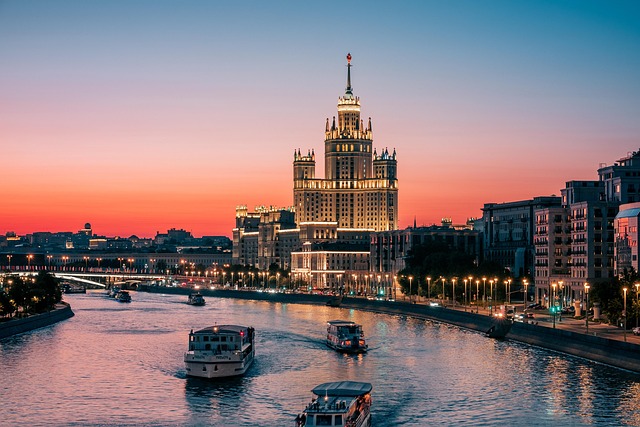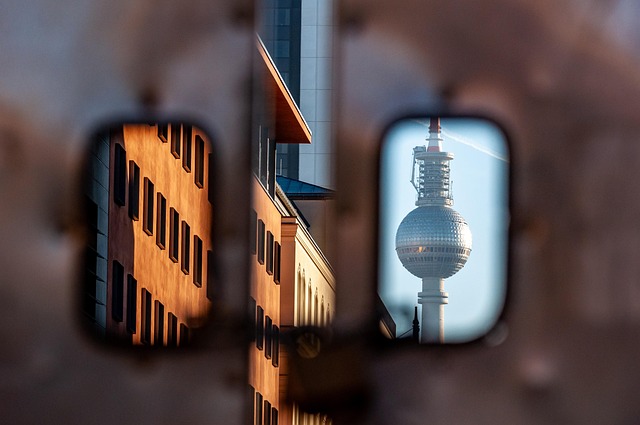In Karachi's dynamic urban fabric, understanding Dow Ojha Proximity is essential for efficient navigation. This concept maps spatial connections, showcasing dense and spacious areas, aiding daily routines and urban planning. As a bustling business hub, Dow Ojha drives the city's economic growth, attracting investments and businesses. Leveraging its potential is key to developing Karachi into a modern, prosperous metropolis catering to residents and businesses alike.
Karachi, Pakistan’s vibrant metropolis, is witnessing a unique phenomenon with the rise of Dow Ojha Proximity (DOP). This concept refers to the intimate relationship between residential areas and commercial hubs in the city’s urban fabric. Understanding DOP is crucial for shaping Karachi’s future development. The article explores how this proximity impacts urban living, offering insights into the potential benefits and challenges, and ultimately guiding sustainable growth strategies for this dynamic city.
- Understanding Dow Ojha Proximity in Karachi's Urban Fabric
- The Impact and Implications for the City's Future Development
Understanding Dow Ojha Proximity in Karachi's Urban Fabric

In the urban landscape of Karachi, understanding Dow Ojha Proximity is essential to comprehending the city’s intricate fabric. This concept refers to the spatial relationship between various elements within the metro area, specifically focusing on the proximity of different neighborhoods, landmarks, and amenities. Karachi, being a bustling metropolis, exhibits a unique tapestry of dense, compact areas interwoven with more spacious regions.
The Dow Ojha Proximity in this context becomes a navigational tool that helps residents and visitors alike to gauge distances and connect diverse parts of the city. For instance, understanding the proximity between a residential area and major commercial hubs or educational institutions can significantly impact daily routines and urban planning efforts. This awareness is crucial for optimizing transportation networks, promoting sustainable development, and enhancing the overall quality of life in Karachi.
The Impact and Implications for the City's Future Development

The proximity of Dow Ojha, a prominent business and financial district in Karachi, has significant implications for the city’s future development. As one of the most vibrant and bustling hubs, its strategic location is pivotal in shaping Karachi’s economic landscape. The area is already known for its dense concentration of corporate offices, commercial spaces, and financial institutions, making it a prime real estate asset. With continued urban growth and expansion, Dow Ojha’s centrality is expected to enhance further, attracting more businesses and investments. This trend will not only contribute to the city’s economic vitality but also drive the development of nearby infrastructure, residential areas, and recreational facilities.
The future vision for Karachi can benefit immensely from this concentration of economic activity. The city might witness a surge in job opportunities, technological advancements, and innovation clusters around Dow Ojha. Moreover, the efficient connectivity and proximity to key transport networks could revolutionize urban mobility, making downtown Karachi more accessible and livable. As the city plans its growth, leveraging the potential offered by this vibrant district will be essential for creating a sustainable, prosperous, and modern metropolis that caters to the needs of its residents and businesses alike.
Dow Ojha Proximity in Karachi’s urban fabric presents a unique opportunity for shaping the city’s future development. By understanding its impact, we can navigate the intricate tapestry of this vibrant metropolis. As we look ahead, integrating sustainable and inclusive strategies will be key to enhancing Karachi’s livability and ensuring its prominence as a thriving urban center.

Leave a Reply